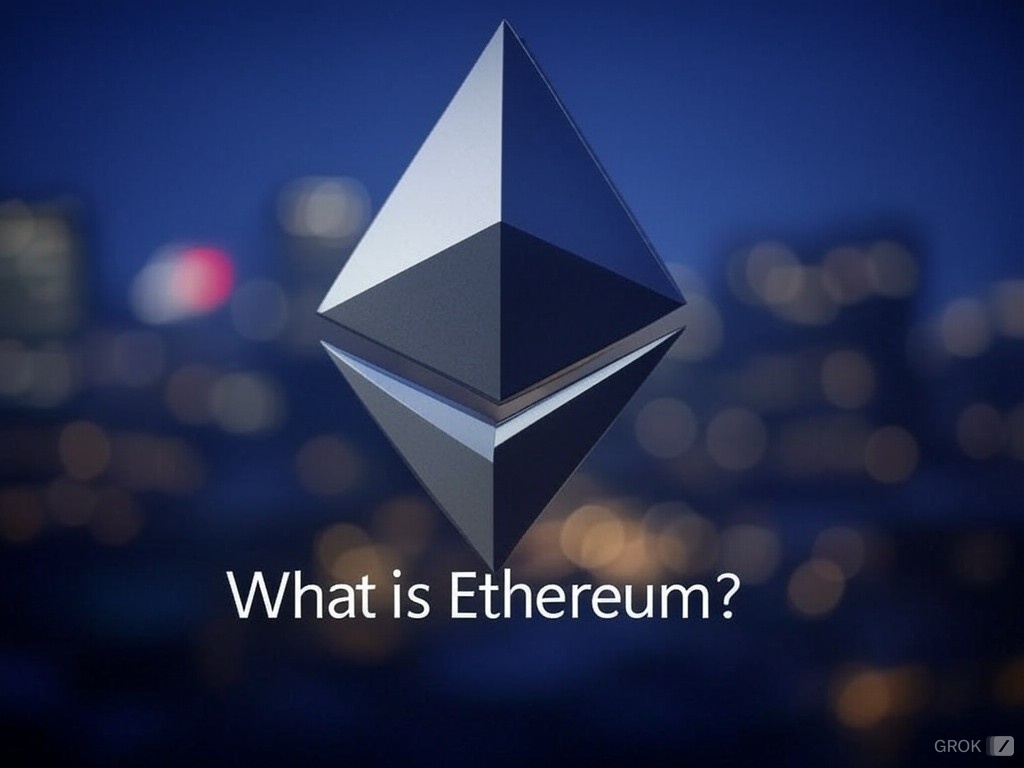

The adoption of crypto payments is steadily growing in Europe, partly due to increasing acceptance of digital assets and support from governments. A report from Oobit, a crypto payment platform, examined the habits of its users and reveals that 70% of crypto spending in the EU goes to retail, food, and beverages. With an average transaction of $8.36 and deposits of $85 (in USD), it shows that crypto is no longer speculative, but is becoming a practical medium of exchange.
The Oobit report, published on March 18, 2025, breaks down the spending: after retail and hospitality, 26% goes to tourism (accommodation, travel, aviation), 1.5% to government services and digital payments, and 1.5% to other areas such as healthcare and entertainment. This shift is driven by broader acceptance of crypto in the EU, supported by regulations such as the Markets in Crypto-Assets (MiCA), which has been in effect since December 30, 2024. However, USDT dominates with 92% of the payments – a stablecoin that falls under MiCA’s stricter requirements, raising questions about compliance.
Chainalysis adds: in Central, North, and Western Europe (CNWE), crypto adoption grew by 44% year-on-year in 2024. Stablecoin transactions under $1 million grew 2.5 times faster than in North America, a sign that Europe is leading in everyday use. “Crypto is moving from memes to mainstream,” says Oobit.
Micropayments are key. Technologies such as Bitcoin’s Lightning Network – which handles transactions in milliseconds for pennies – and crypto debit cards with cashback (such as Binance’s 2% BTC return) make small expenditures feasible. Nubank brought Lightning to 100 million Latin American customers in June 2024, while IBEX and Grupo Salinas allowed Mexicans to pay their internet bills with BTC in 2023. Ripple’s payment license in Dubai (March 13, 2025) strengthens this trend in the Middle East.
Stablecoins are the backbone. The market capitalization grew from $62.8 billion in April 2021 to $229.6 billion currently, an increase of 266%. USDT ($150 billion) and USDC ($40 billion) lead, especially in regions where local currencies are faltering – think of Turkey’s lira or Argentina’s peso. “They offer stability where fiat fails,” says analyst Emma Klein.
The EU’s MiCA regulation legitimizes crypto, but the dominance of USDT clashes with the requirement that stablecoins are fully backed by euro reserves – a point of tension for 2025. Yet, government support helps. Germany’s BaFin approved crypto payment apps in February 2025, and France’s tax service has accepted BTC for small fines since 2024. “Regulation builds trust,” says Klein.
Arthur Azizov, CEO of B2BINPAY, predicts an evolution in 2025. Central bank digital currencies (CBDCs), such as the digital euro (test phase 2025), could drive citizens towards decentralized alternatives. Collaborations between crypto providers and banks – such as Santander’s USDC integration in 2024 – accelerate this.